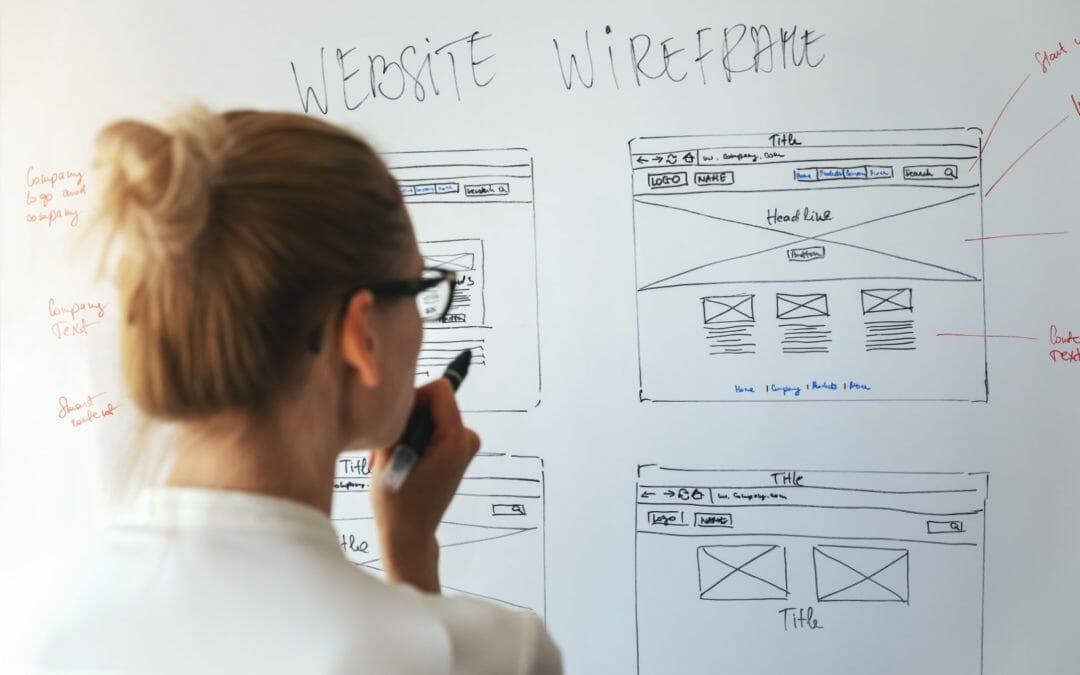There’s no doubt that 2020 has been a rollercoaster year, from an unprecedented pandemic to a nail-biting presidential election. Yet, despite it all, opportunities in the user experience design field continue to grow. To help gauge how new designers can break into the field, we interviewed a variety of UX leads at leading firms. The good news? Nearly all said they would be hiring entry-level UX designers in the year to come.
What are the most important skill sets you look for when hiring a new UX designer?
Our interviewees said the following skills are applicable for UX designers at all experience levels:
Strong core design skills with room to grow. All respondents noted that having fundamental design skills is important, particularly in the areas of visual design and user interface design. But most emphasized that a willingness to learn and grow was also essential, and that they would rather have a less experienced candidate who was willing to learn than a more experienced candidate with no interest in adapting to a changing industry.
Creativity and curiosity. Both a creative approach and a curious mind are key traits for successful UX designers, according to our respondents. Staying curious helps designers learn new skills, reach out to new audiences, and brainstorm unexpected solutions. Creativity allows designers to solve problems in innovative ways within the constraints of a particular system or product.
An interest in the humans behind the design. The majority of respondents noted that a good UX designer is motivated by the people using their product or service. This means that they are not only eager for user research at the beginning of a design project but also welcome changes and revisions based on the users’ ongoing experiences.
What advice would you give to new UX designers looking to break into the field?
Among the advice the respondents gave to new UX designers included:
Take pride in your work, no matter the assignment. When just starting out, you may need to wade through a series of less-exciting projects to land the assignment you’ve been seeking. Tackle every project with the same enthusiasm and professionalism you would want to bring to your dream role. This shows employers that you’re dedicated to the craft no matter the prestige of the role or assignment.
Network and gain experience. While networking is always an important step in finding a role, it’s important to network the right way. Several respondents recommended a one-on-one informational interview or even a low-risk project with someone you admire, rather than just a standard LinkedIn request. Other ways to gain experience including working with community organizations, finding an internship, or seeking out a professional mentor for guidance and advice.
Treat your resume and portfolio as living documents. Rather than submitting a standard boilerplate resume for every new role, tailor your resume to the role. Don’t be afraid to highlight work outside of the design field, too, to show that you have transferable skills and can learn on the job. Before applying to a new role, invest some time into your portfolio. This may require taking on volunteer or pro bono assignments to build up your work and show your skills.
After the job slowdown due to the pandemic this year, 2021 could be the year to break into the UX field. Follow the advice above and you will likely be heading in the right direction.

